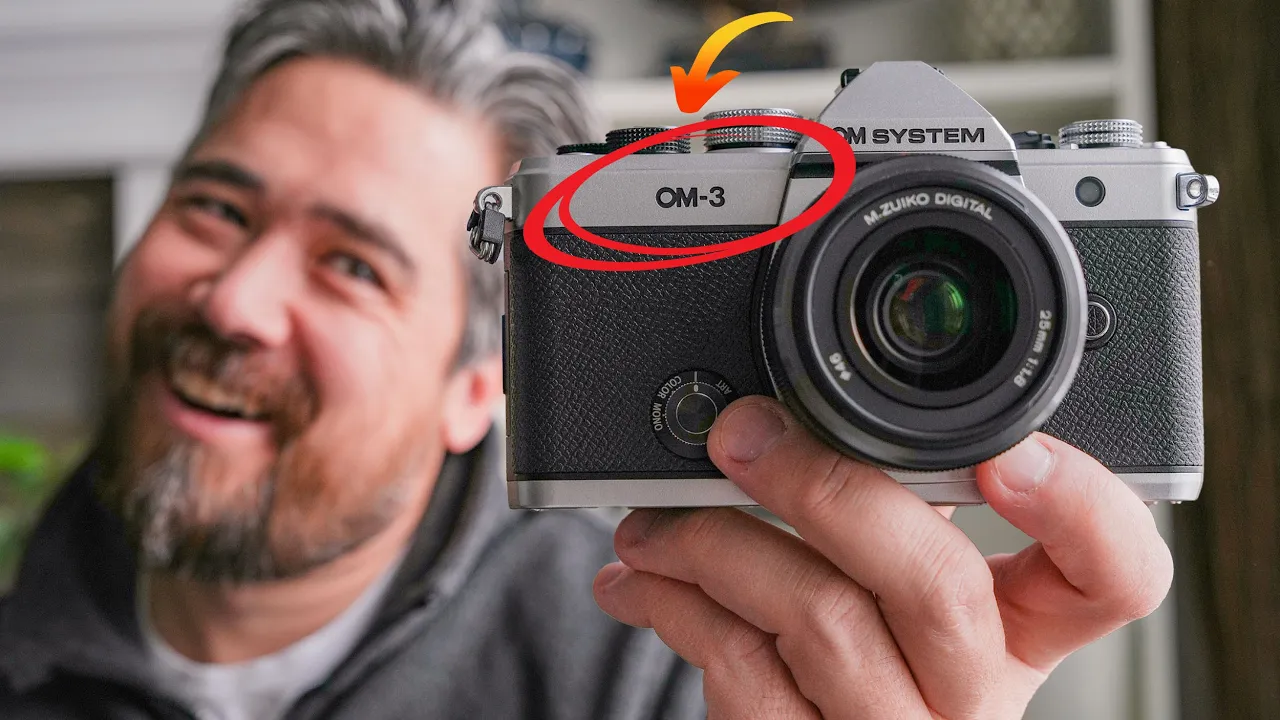OM System Must Be Careful Not to Become Ubisoft

Late last night, OM System announced the OM-3. It costs $2,000… for now. I expect that will change very soon because I’ve been conditioned by the company to believe so.
It is what I believe to be the first product wholly developed by OM Digital Solutions, with no ties to what was already planned while the company was still part of Olympus. We knew it was going to take time to restart the process of developing photography products after Olympus likely spun that down, and the OM-3 arrives about four years after that deal completed — a bit longer than is expected for a development cycle, but not much.
While OM Digital Solutions and its OM System camera brand are now separate from Olympus, the culture and strategy of the past remain in the present.
At the time of publication, OM System offers both the OM-1 Mark II and OM-3 for the same price. In PetaPixel‘s review of the OM-3, it is mentioned that the OM-1 Mark II has a price premium above the new camera because it has a few options that are better suited to a professional photographer and the mechanical shutter is more performant. That was true, if the cost of the cameras was MSRP, but OM System has since reduced the price of its flagship body because that’s what OM System always does.
Now the two cameras are the same price and that just seems weird.

The thing is, the OM-3 is absolutely not going to stay at $2,000 for very long. In a few months, I fully expect the OM-3 to be discounted $400 — because that’s how much the OM-1 Mark II is currently discounted for and is a value OM System frequently uses — bringing it down to $1,599 which is, in my opinion, a fair asking price and is what the camera should have debuted at. The reason I fully expect OM System to reduce the price of the OM-3 is because that is what the company always does — it has done this going all the way back to when it was Olympus.
OM System debuts a product, has it around for a few months, and then offers a really good discount on it to entice sales. On the surface, it seems like a pretty good strategy. Fans of the brand will pick up the camera early and at full price while down the line, those who might have been on the fence can be convinced to make a purchase thanks to the discount. To make this work, I imagine OM System builds in its margins to account for that eventual price drop.
But there is another company that has a similar tactic, and it should serve as a cautionary tale: Ubisoft.
While it is absolutely not alone here, Ubisoft has become the poster child of “just wait for the impending discount” in the video game space. Ubisoft regularly prices its games at AAA prices (Either $60 or $70 depending on the game) and then will as soon as just a few weeks later, dramatically discount it. For example, Assassin’s Creed Odyssey see-saws from its full price of $60 to as low as $9 and started this trend no more than a couple of months after it was released in 2018. More recently, Star Wars Outlaws debuted last August at $70 and was discounted just three months later in November by 25%. It is today — just six months after launch — available for $42, a 40% discount from full price.
Because Ubisoft does this with every game and has since the mid 2010s, gamers have been trained not to purchase a Ubisoft game day one and will instead gladly wait a few weeks to see the price fall — sometimes precipitously.
I am not saying that OM System has become Ubisoft — at least not yet — but the “cautionary tale” part I mentioned is the fact that Ubisoft is nearing financial ruin — it’s market cap today in 2025 now sits at the same level it was back in 2012. Now, certainly, there are other factors at play beyond gamers not buying new games at full price but that certainly cannot have helped. If companies base the success of a product on how well it does in the first few weeks and months of announcement, then consumers knowing the price is going to be discounted will hurt those initial sales and therefore make a product look less successful.
The OM-3 is an exceptionally well-made camera with one of the most beautiful designs we’ve seen in years, but the launch pricing seems like it’s tailor-made to be discounted in a few months. I think moving forward, OM System should consider launching a camera at it’s most probably final discount price. Then, it might be able to convince Micro Four Thirds skeptics to give its gear a shot.
When the price of the OM-3 is the same as what Nikon is asking for the stylish and full-frame Zf (at the time of publication, the Zf was actually cheaper), it is impossible to ask photographers to not make that comparison.
Source link


